Lighting Slow-Motion Video Productions
Capturing slow motion video requires a lot of time and practise in order to achieve the best possible results. Every element needs to be precise and accurate to help create a smooth and crisp image. Ensuring you have the right lighting equipment can be vital to your production, and can also make your shooting process much easier. Read on for our top lighting tips for your slow-motion video production projects.
The Basics of Slow Motion Video
When shooting normal video, we need to look at the frame rate of the recording for the camera. For instance, if we shoot at 24 frames per second, we will stream together 24 frames in the space of a single second, producing motion. If you play back the video at 24 frames per second, this will play back the video in what is known as ‘real time’, as if you were seeing the person at normal speed in real life.
Slow motion video on the other hand, requires you to increase the frame rate you're shooting at in order to be able to play the footage back at a normal (eg 24 fps) frame rate. The faster frame rate creates additional frames which will reduce any blur created and help to create a smooth motion in your video. For example, if you'd like to slow your footage down to half speed (50%), then you will need to double your frame rate (e.g 24fps doubled to 48fps) to create a slowed movement in one smooth, crisp clip. Without those extra frames captured, your footage will have fewer frames per second than it needs, so may look like it's missing frames.

When shooting slow-motion, it is recommended using 2x the frame rate for your shutter speed. For instance, if you were shooting at 1000 frames per second, you would need to use a shutter speed of 2000th of a second. Shooting with such a high shutter speed means that the light has less time to hit the sensor, and so requires a lot of powerful light to compensate for this.
As with most videography, multiple lights are recommended in order to offer the best possible light coverage of the subject and to remove any unwanted shadows and reflections, though this may depend on the style you're looking to create.
Looking for Action Photography tips instead? Check out this blog.
Recommended LED Lighting for Slow Motion Shooting
LED Lighting would be your best option for slow-motion video productions, as they can pack a lot of wattage into an efficient package to compensate for any light you'll lose with your raised shutter speed. LED can generally output to a much higher tungsten light equivalent despite the wattage seeming lower. One of the most important features to look for in an LED light is whether it is "flicker free", meaning this light would be have a low enough flicker rate to not interfere with high frame rate video projects, and therefore will not leave you with unlit frames, or frames with light banding.
LED Heads
For small, close up shoots, or shoots where your subject can get nice and close to your lights, you can easily get away with smaller LED options of around 100-200w output due to the smaller space that needs to be lit. COB LEDs such as the LED100B MKIII (100w), UL150 (150w Fanless LED), or the Litemons LA150D (190w) would be a great option. These COB LEDs can go quite far despite their compact size and would be great to light up macro shots or close up slow motion movement with enough light. A mixture of Bi-Colour (lights with warm or cool colour temperature options) and Daylight Balanced (fixed daylight replicating colour temperature), these LEDs offer that flicker-free feature due to their COB LED chips, and will help you to produce smooth slow-motion footage without the need for expensive, overpowered lights.
 |
 |
 |
| PiXAPRO LED100B MKIII Bi-Colour LED | Godox UL150 Super Silent LED | Godox Litemons LA150D 190W Daylight 5600K COB LED |
Tip! Studio lighting heads are generally a preferred option due to the wide range of modification options. While a panel can be modified with barndoors and occasionally tailor-made diffusion covers and grids, a studio light, especially if built with a Bowens S-Type mount, can be used with everything from softboxes, umbrellas, snoots, reflectors and more depending on the effect you'd like to create.
RGB LED Lighting
If you're looking for RGB LED lighting or want an alternative to plastic gels, the SZ150R studio head or the LDX100R RGB Panel can be used to add a pop of colour to your shot. At 150w and 118w respectively, these LED lights give you the option to choose from a huge range of the colour spectrum to find the perfect colour match for your shot without sifting through gels and losing lighting power shooting through them. Both options also have Godox Light App compatibility and can be controlled remotely to adjust colour, brightness and more.
 |
 |
| Godox SZ150R 150W Zoomable RGB Light | Godox LDX100R 118W RGBWW Panel |
Mid-Large Scale Slow Motion Shoots
For larger scale shoots such as with full length body framing or where you can't get the lighting super close to your subject, a higher output light will help to provide enough light for your shot. 300w-500w lights will help to provide more punch and give you more than enough power to work with for a properly lit result. The SL300Bi (320w) and LED S500D (500w) lights would be handy for this. While the SL300Bi is the only option of the two with App control compatibility, both LEDs have high CRI and TLCI ratings making them great for broadcast and film grade working with impeccable colour quality.
 |
 |
| Godox SL300Bi 300w LED Light | PiXAPRO LED S500D 500w LED Light |
High-End Film Production LED Lighting
If, however, you're looking for the very best, most powerful LED options for your upcoming production, the Godox KNOWLED Range will likely have what you need to light your shot. Built for professional working video production environments, KNOWLED Lighting has a robust build, handy features designed with gaffers in mind, and for high-powered, high quality lighting.
If you're lighting a large-scale shoot with multiple subjects in a large area, the more power, the better. In these scenarios, it's much better to have access to too much light than not have enough to properly expose your shot. This is where the ultra powerful KNOWLEDs come in.
 |
 |
 |
| Godox KNOWLED F600Bi 600w Flexi LED Mat Panel | Godox KNOWLED MG1200Bi 1200w LED | Godox KNOWLED MG2400Bi 2400w LED |
The F400Bi and F600Bi are 400w and 600w flexi mat panels perfect for fitting into compact spaces and for providing a bright, diffused source of light with minimal modification needed, making them perfect for shoots in spaces such as cars or small on-location rooms. On the other hand, for brighter, bigger options, the MG Series will be your best bet at 1200w (MG1200Bi) and 2400w (MG2400Bi)!
Check out exactly what the MG2400Bi can do with a super high frame rate shoot with Barry Makariou's mini workshop on our stand at The Photography Show 2024! Using an MG2400Bi and a high frame rate probe lens, Barry captures super crisp, macro bubbles with a simple bottle of water.
The higher your frame rate and the more you want to slow your footage down, the brighter your light will need to be! At a whopping 2400w+, the MG2400Bi will be able to handle any slow motion video shoot you test it with. This kind of power is also vital for creating sharp, clean advertising material for clients.
All of the above lights also have an IP weather rating of between IP54 to IP65, meaning for shots in the rain or around dust and sand, these are the best (and safest) options for your shoot.
Still after some more recommendations or help with your slow-motion video shoot? Get in touch with our team at info@essentialphoto.co.uk and we can help you to find the right lighting equipment for your projects.







































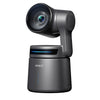
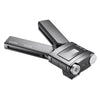

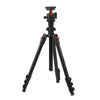
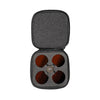
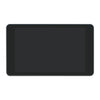
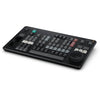
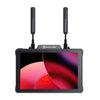
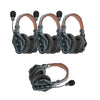
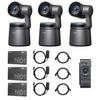



















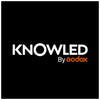
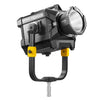

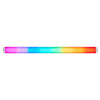
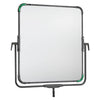
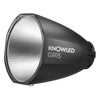
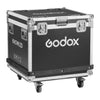
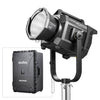
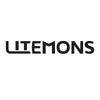
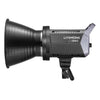
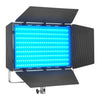
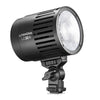
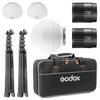
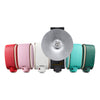
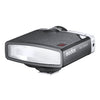
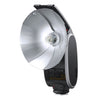
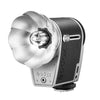
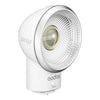
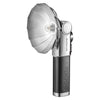
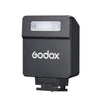
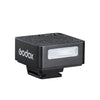

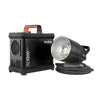
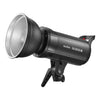
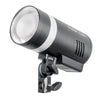
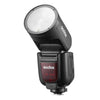
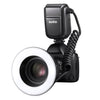
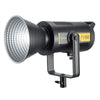
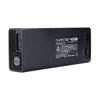
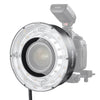

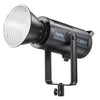
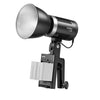
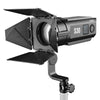
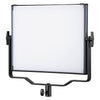
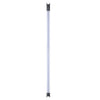
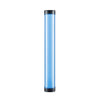
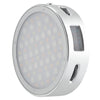
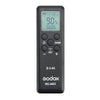
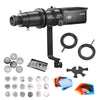
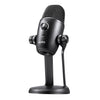
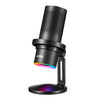
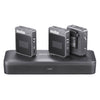
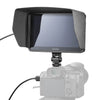
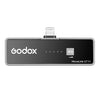
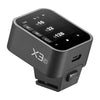
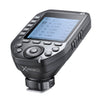
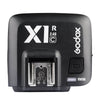
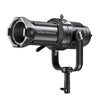
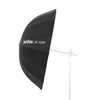
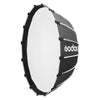
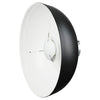
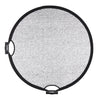
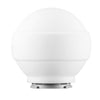
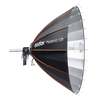
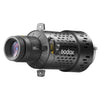

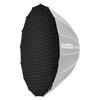
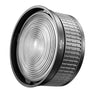
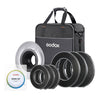
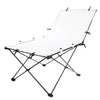
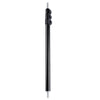
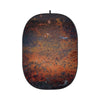
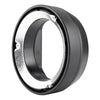
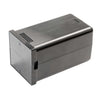
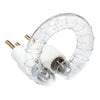
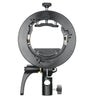
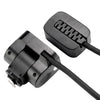
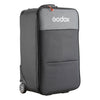
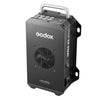
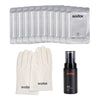
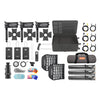
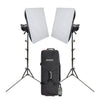
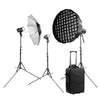
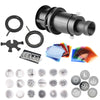
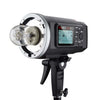
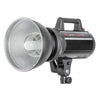
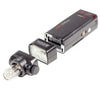
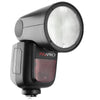
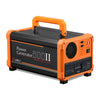
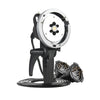
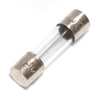
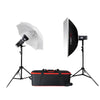
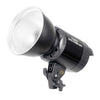
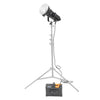
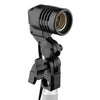
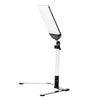
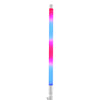
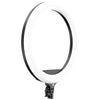
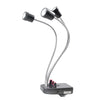
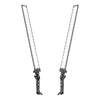
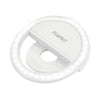
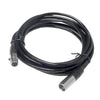
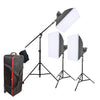
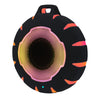
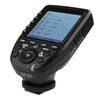
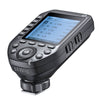
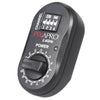
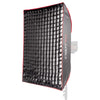
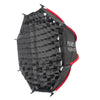
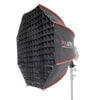
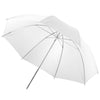
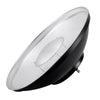
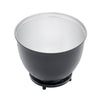
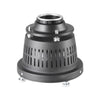
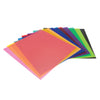
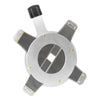
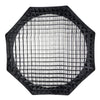
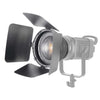
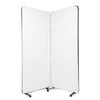
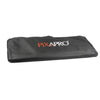
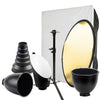
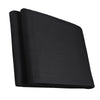
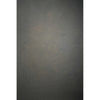
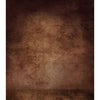
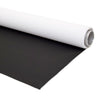
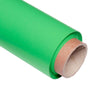
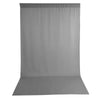
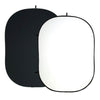
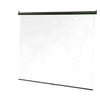
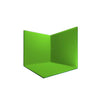
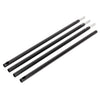
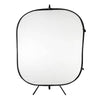
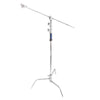
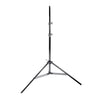
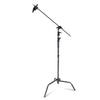
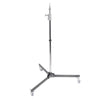
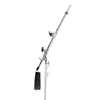
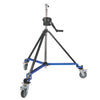
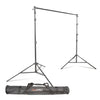
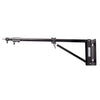
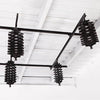
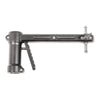
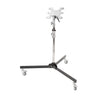
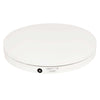
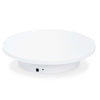
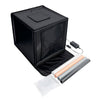
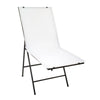
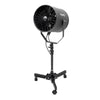
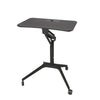
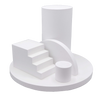
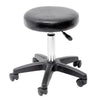
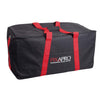
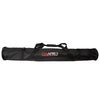
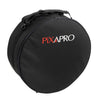
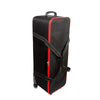
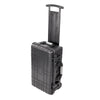
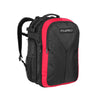
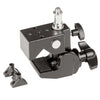
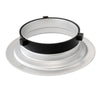
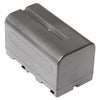
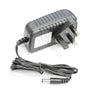
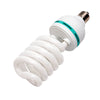
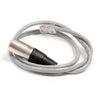
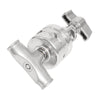
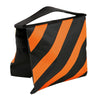
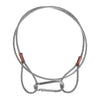
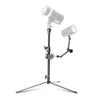
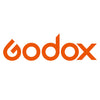
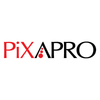
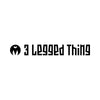

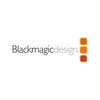

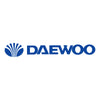
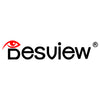


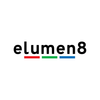
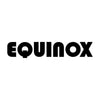
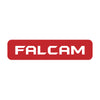
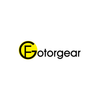
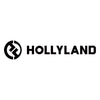
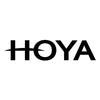
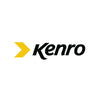
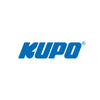
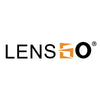


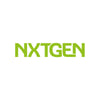

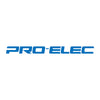
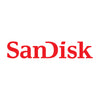


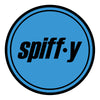
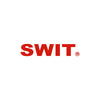
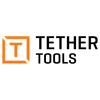


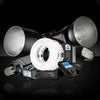
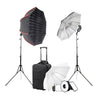
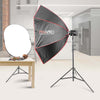












.png?v=1684397912078)



